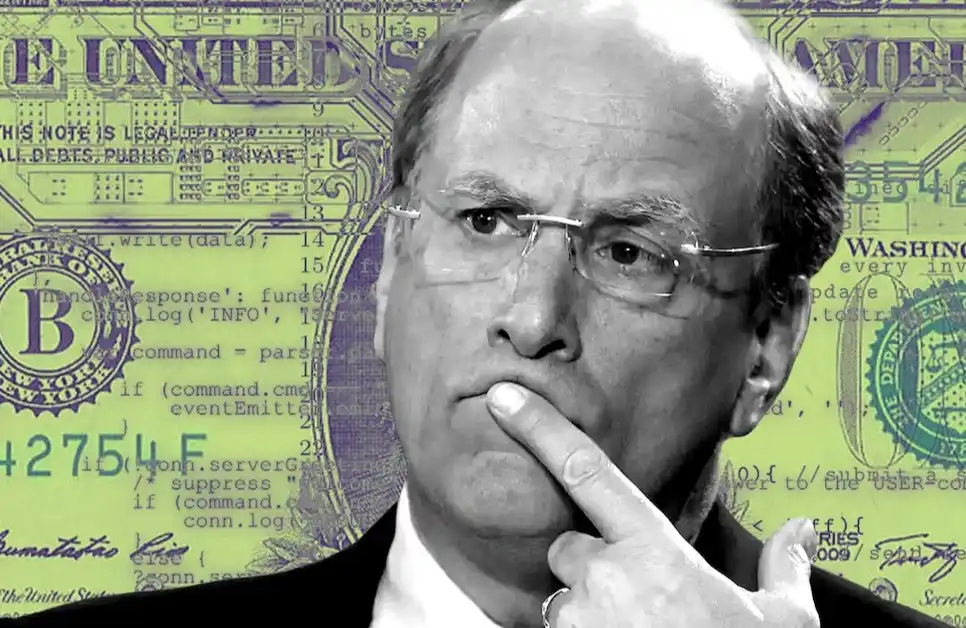Michael Saylor’s “Bitcoin Maximus” post underscores MicroStrategy’s entrenched Bitcoin strategy: the company holds 632,457 BTC at an average cost of $73,527, valuing the position near $71.5 billion and showing roughly a 53% gain — highlighting corporate treasury exposure to Bitcoin as a strategic asset.
-
MicroStrategy holds 632,457 BTC, average cost $73,527 per coin
-
Market value near $71.5 billion vs. invested capital approximately $46.5 billion
-
Reported profit margin on BTC position ~53%; data based on company balance and public filings
Michael Saylor Bitcoin: MicroStrategy holds 632,457 BTC at $73,527 avg cost; see balance, value and strategic implications — read the analysis now.
What is MicroStrategy’s current Bitcoin position and why does it matter?
MicroStrategy’s Bitcoin position is 632,457 BTC, purchased at an average cost of $73,527 per coin, giving the holding an invested capital of roughly $46.5 billion and a market value near $71.5 billion. This sizable corporate treasury allocation positions Bitcoin as a central strategic asset for the company.
How did Michael Saylor’s “Bitcoin Maximus” post reflect MicroStrategy’s strategy?
Saylor’s Roman-themed post — styling himself as “Bitcoin Maximus” — serves as cultural branding that complements the company’s data-backed strategy. The post pairs symbolic messaging with a tangible balance sheet: 632,457 BTC, a weekly addition of 3,081 BTC, and persistent accumulation reflected in public company disclosures and SEC filings.
Why does MicroStrategy’s Bitcoin allocation matter for markets and corporate treasury strategy?
MicroStrategy’s allocation demonstrates a rare case of a public company linking corporate valuation to a single digital asset. With 632,457 BTC on the balance sheet, the firm’s market sensitivity to Bitcoin price movements is materially higher than typical corporate treasury exposures.
What are the numbers behind the position?
Key numbers: 632,457 BTC total; average cost $73,527; invested capital ~ $46.5 billion; market value ~ $71.5 billion; unrealized gain ~ 53%. The company added 3,081 BTC in the latest reported week.
How does this compare to other corporate Bitcoin treasuries?
Compared to typical corporate treasuries, MicroStrategy’s BTC allocation is exceptionally large. Few public companies have placed Bitcoin at the core of corporate asset strategy; MicroStrategy’s approach is one of the most prominent examples cited in financial commentary and public filings.
| Total BTC | 632,457 |
| Average cost per BTC | $73,527 |
| Invested capital (approx.) | $46.5 billion |
| Estimated market value | $71.5 billion |
| Approximate unrealized gain | ~53% |
Frequently Asked Questions
How often does MicroStrategy update its Bitcoin balance?
MicroStrategy reports Bitcoin purchases and holdings periodically through its public disclosures and SEC filings. The company often provides updates when new acquisitions are completed or in quarterly reports.
Is the “Bitcoin Maximus” post a signal of a new corporate policy?
The branding is a public communications choice by Michael Saylor. Strategic policy is documented in corporate filings and balance sheet disclosures; the post itself should be interpreted as messaging that accompanies an already established accumulation strategy.
Key Takeaways
- Scale of holdings: MicroStrategy holds 632,457 BTC, creating significant balance-sheet exposure to Bitcoin.
- Financial position: Average cost $73,527, invested capital ~ $46.5B, market value ~ $71.5B, ~53% unrealized gain.
- Strategic implication: This represents one of the largest corporate allocations to BTC and signals how companies can use digital assets within treasury strategies.
Conclusion
Michael Saylor’s “Bitcoin Maximus” post frames MicroStrategy’s identity around its 632,457 BTC holding and reinforces a long-running corporate strategy that treats Bitcoin as a strategic treasury asset. The company’s reported numbers — average cost $73,527 and market value near $71.5 billion — remain central to evaluating its financial exposure and investor messaging. For continued tracking, follow company disclosures and official filings.




